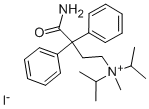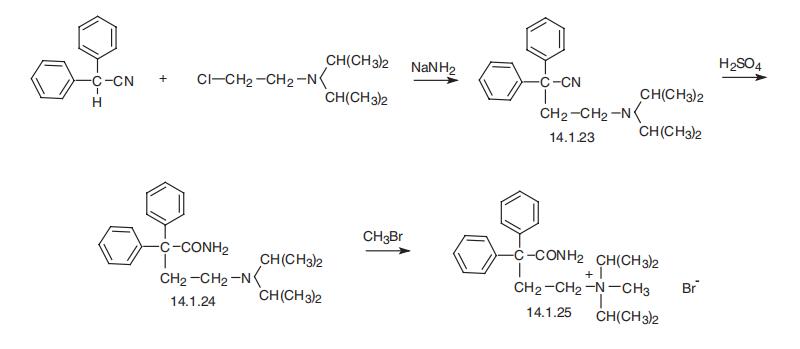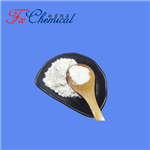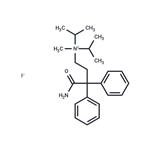
ISOPROPAMIDE IODIDE
- Product NameISOPROPAMIDE IODIDE
- CAS71-81-8
- MFC23H33IN2O
- MW480.43
- EINECS200-766-8
- MOL File71-81-8.mol
Chemical Properties
| Melting point | 199℃ (Decomposition) |
| Density | 1.2711 (estimate) |
| storage temp. | Store at -20°C |
| solubility | DMSO: 250 mg/mL (520.37 mM) |
| Water Solubility | Practically insoluble in water |
| form | powder to crystal |
| color | White to Almost white |
| Merck | 14,5202 |
Safety Information
| Hazard Codes | Xi |
| Risk Statements | 36/37/38 |
| Safety Statements | 26-36 |
| WGK Germany | 2 |
| RTECS | BP0693200 |
| HS Code | 2924296000 |
| Toxicity | LD50 oral in rat: > 10gm/kg |



